Introduction
RIDF-NABARD project is a watershed development project supported by Govt. of Jharkhand and implemented by PRAVAH. The project is started on FY-2016-17 in 90 villages of 3 Blocks Jama & Jarmundi of Dumka District and Palojoi of Deogahr district. Here is the detail mention below-
| Sl No. | State | District | Block | Panchyat | No of Villages |
|---|---|---|---|---|---|
| 1 | Jharkhand | Dumka | Jama | Siktiya, Pipra, Asansol kurwa | 31 |
| 2 | Jharkhand | Dumka | Jarmundi | Putlidabar, Kushmah a, Singhni, Harpurbaj ar, Bhorabad | 49 |
| 3 | Jharkhand | Deoghar | Palojori | Kunjbona | 10 |
A Watershed
Watershed is a geo hydrological unit surrounded by a ridgeline in which all the rain water comes through a common Outlet/River.
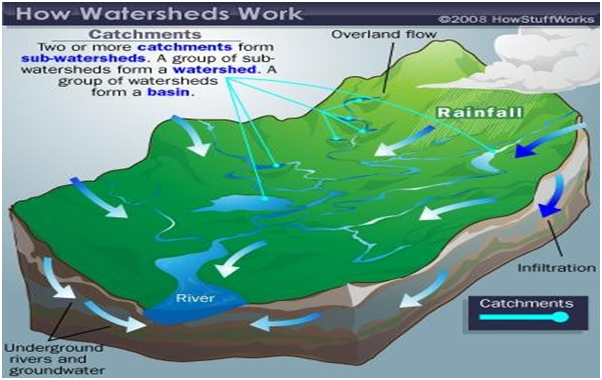
1. National level
a. Only 12% of rainwater is being used in country the rest flows into sea.
b. Only 10% of surface water and 90% of groundwater are being used for drinking purposes.
c. The World Bank estimates that by the year 2025, 3.25 billion people in 52 countries will live in conditions of water shortage.
d. India Share globally Hume resource 16%, livestock 15% and the Water resource is 4%.
2. In Jharkhand
a. Due to very undulation in land to much soil erosion will occur.
b. in Jharkhand there is good rain fall. (Ls 1000ml-1200ml/Year) but there is shortage of Water.
c. Excess of wasteland and fallow land.
d. Decrease in Agriculture productivity. And also decrease in Livestock productivity.
e. Maximum Nos. of trebles and small farmers.
f. Lake of Knowledge.
Objectives
1. To control damaging runoff.
2. To protect, conserve and improve the land resources for efficient and sustained production.
3. To moderate floods in the down-stream area.
4. To protect and enhance water resources, reduce silting up of tanks and conserving rain water.
5. To increase the ground water recharge through in-situ conservation measures & water harvesting structures.
6. To utilize the natural local resources for improving agriculture and allied occupation so as to improve the socio-economic condition of the beneficiary.
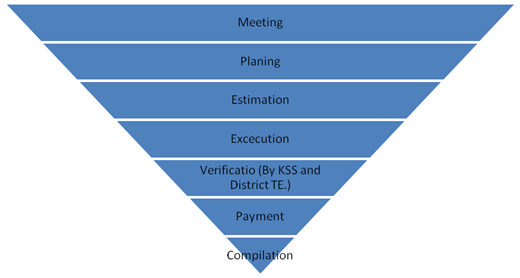
| Sl.No. | % of Slope | Area of Watershed | Work | Remarks |
|---|---|---|---|---|
| 1 | Above 25% | Upland | Plantation | |
| 2 | 10% to 25% | Upland | SCT, CCT, DCT and Plantation | |
| 3 | 5% to 10% | Mid land | TCB & WAT | |
| 4 | 0% to 5% | Mid Land | FB, LL, TCB and WAT | |
| 5 | Low Land | Pond ,Dova & Earthen Chek Dam |
Drainage line treatment Details
1st Order Stream
Brush wood
Vegetative check dam
2nd Order Stream
LBCD
3rd Order Stream
Gabion
4th Order Stream
Earthen check dams
5th Order Stream
Stone core mason structure
Check dams
Achievement of this year (Ph. And Fy.)
| Sl. No. | Components | Sub components | Phy. Achievements | Fy. Achievements | Remarks |
|---|---|---|---|---|---|
| 1 | Soil and Moisture Conservation | Trench Cum Bund | 703 Hac. | 8,062,985.00 | |
| 2 | Soil and Moisture Conservation | Water Absorption Trench | 63 Hac. | 675699.00 | |
| 3 | Soil and Moisture Conservation | Field Bunding | 16.8 Hac. | 294207.00 | |
| 4 | Soil and Moisture Conservation | Stagger Construe Trench | 11 Hac. | 2400.00 | |
| 5 | Soil and Moisture Conservation | Land Leveling | 08 Hac. | 39889.00 | |
| 6 | Water Harvesting Structure | Pond (100*100*100)ft. | 31 Nos | 6094925.00 | |
| 7 | Drainage line treatment | Loose Boulder Structure | 17 Nos. | 527013.00 | |
| 8 | Drainage line treatment | Drum Check Dam | 4 Nos. | 767237.00 | |
| 9 | Drainage line treatment | Masonry Check Dam | 2 Nos. | 1450498.00 | |
| 10 | Drainage line treatment | Guard Wall | 2 Nos. | 177245.00 | |
| 11 | Agriculture | 236269.00 | |||
| 12 | Capacity Building | 763930.00 | |||
| 13 | Administration | 911779.00 | |||
| 20004076.00 | |||||
TCB
TCB is improved version of Field bunding constructed in the Fellow and Westland .It is constructed for Harvesting of rain water and to improved moisture level of soil and also to reduce soil erosion and run off rain water.
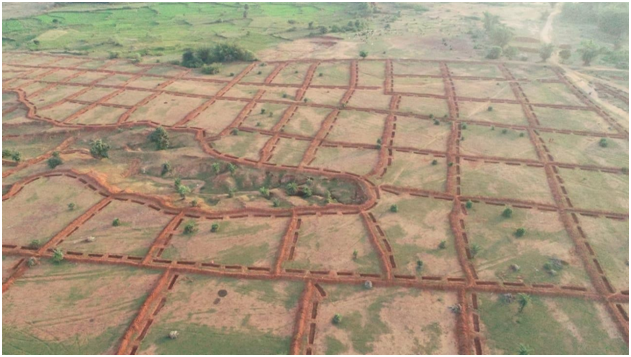
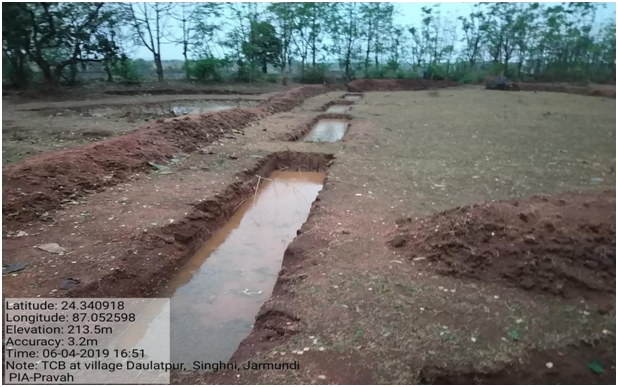
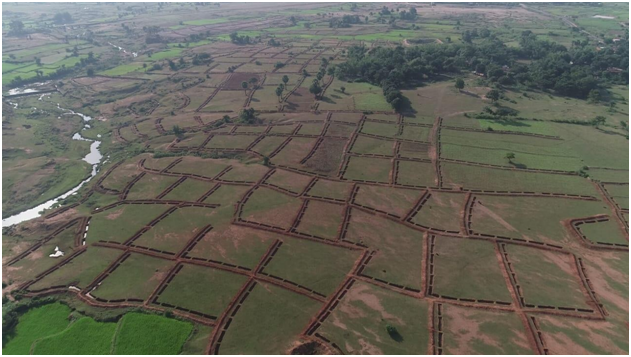
Snaps of TCB
Pond
Pond is a water harvesting structure. Constructed for harvest rain water and store water for the other season. Water will used for Agriculture purpose, Fishery purpose and also helps in to improve ground water level.
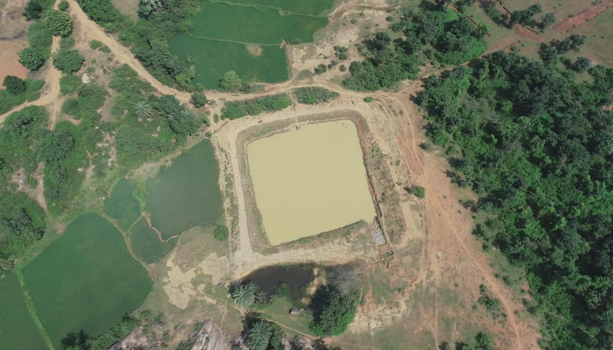
Loose Boulder Structure
loose boulder structure is a small check dam constructed in small drainage line where water comes in only rainy season. It is constructed of only boulders. The main purposes of these structures are to reduce velocity of runoff comes through drainage line and to reduce soil erosion. And improve soil moisture level.
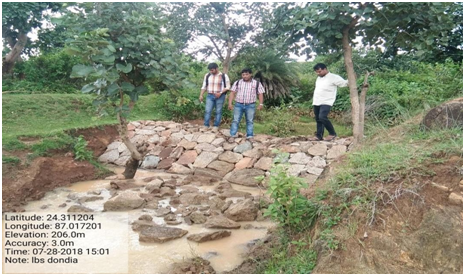
Drum Check Dam
Drum Check Dam is constructed in drainage line where water flow over the year. It is a low cost structure. Main purpose of the structure is to reduce velocity of water and reduce soil erosion of drainage line and give strength to drainage line. It also used as a water harvesting structure.
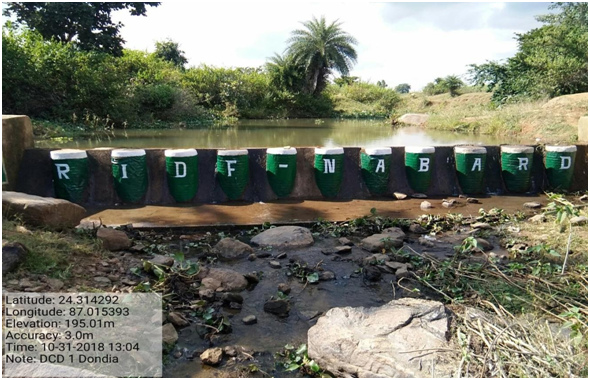
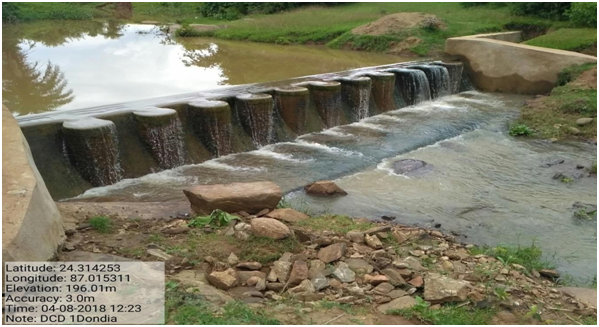
Masonry Check Dam
Its work just likes the Drum Check Dam. It is constructed in Big Drainage line where water comes in high speed.
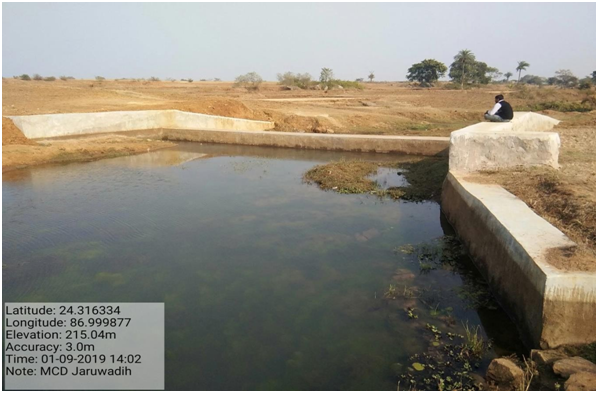
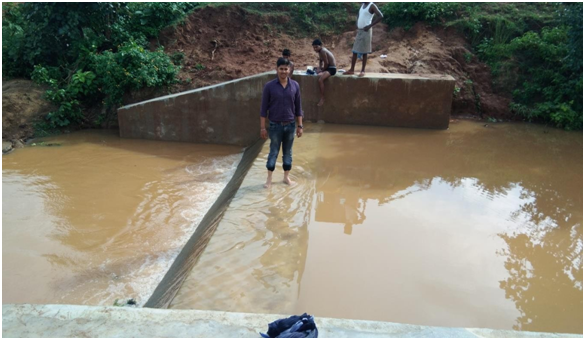
Snaps of Agriculture Work
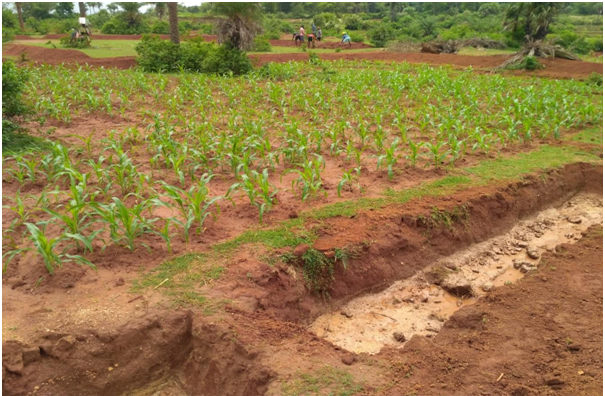
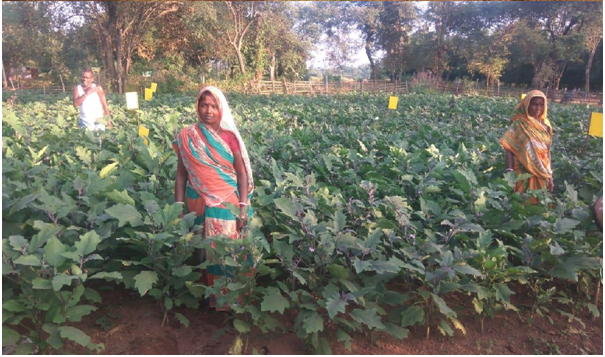
Snaps of Capacity Building Work
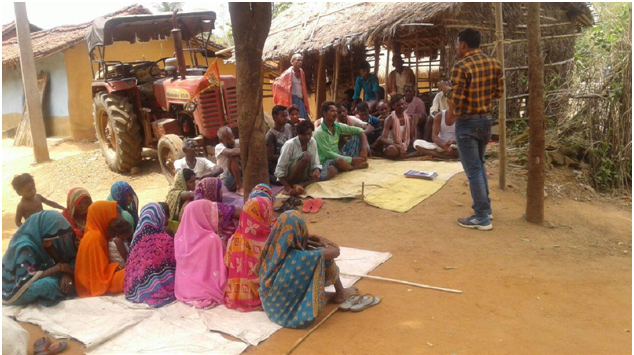
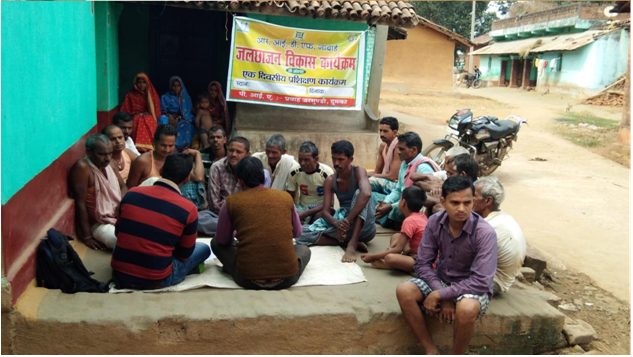
| Sl. No. | Team | Designation | Name | Mob. No. |
| 1 | WDT | Engineer | Nilay Kumar | 8750211344 |
| 2 | WDT | SM | Nunulal Suman | 9162173460 |
| 3 | WDT | MIS | Shunil Sharma | 7488249272 |
| 4 | Agri. | Ag. Expert | Hareom Panday | 7763836706 |
| 5 | CB | CBE | Mukesh Panday | 9123442992 |
| 6 | CB | CBE | Lalan Kumar | 8709807418 |
| 7 | CB | CBE | Pankaj Kumar | 9113494340 |
| 8 | CB | CBE | Jitendra Kumar | 9113404007 |
| 9 | CB | CBE | Ratan Bihari | 7903776709 |
| Sl. No. | Type of structure | Total Nos. of Structure | Capacity of One Unit | Total Qty. |
|---|---|---|---|---|
| 1 | TCB & WAT | 714.17 Hac. | 1Cr. Lit in One year/Hac. | 714.17 Cr. Lit |
| 2 | FB | 16.8 Hac. | 1Cr. Lit in One Year/Hac. | 16 Cr. Lit |
| 3 | WHS | 31Nos | .27Cr. Lit in one time | 8.37Cr. Lit |
| 4 | Check Dam | 6Nos | .05Cr.Lit in One time | .03 Cr. Lit |
| 73857000.00Lit | ||||
SWOT Analysis of PRAVAH
| Experienced and dedicated field staff. Strong community organization. Strong Believes of people on organization. Highly intellectual and well known governing board members. Internally brotherhood and friendship between staff and chief functionary. Wide coverage at the grassroots through networks. Good relations with CSOs and the government. |
Lack of modern amenities of communication. Paucity of funds. Lack of local fund raising. Lack of information. Lack of infrastructure. Lack of social professional and technical workers. |
| Strong Networking in regional level and regular exchange of innovative idea. Coordination with government. Three different district area are ready to extension research work. Owing to the area being declared one of the poorest areas, the chances of availability of government scheme are good. Opportunity of local self-governance coming into force in future. |
Shortage of financial resources. Stress of unsocial elements. Attitude of villagers outside dependency. Fragmentation of society. Less political will for development. The government has no fair policy to take involvement of voluntary organization. |